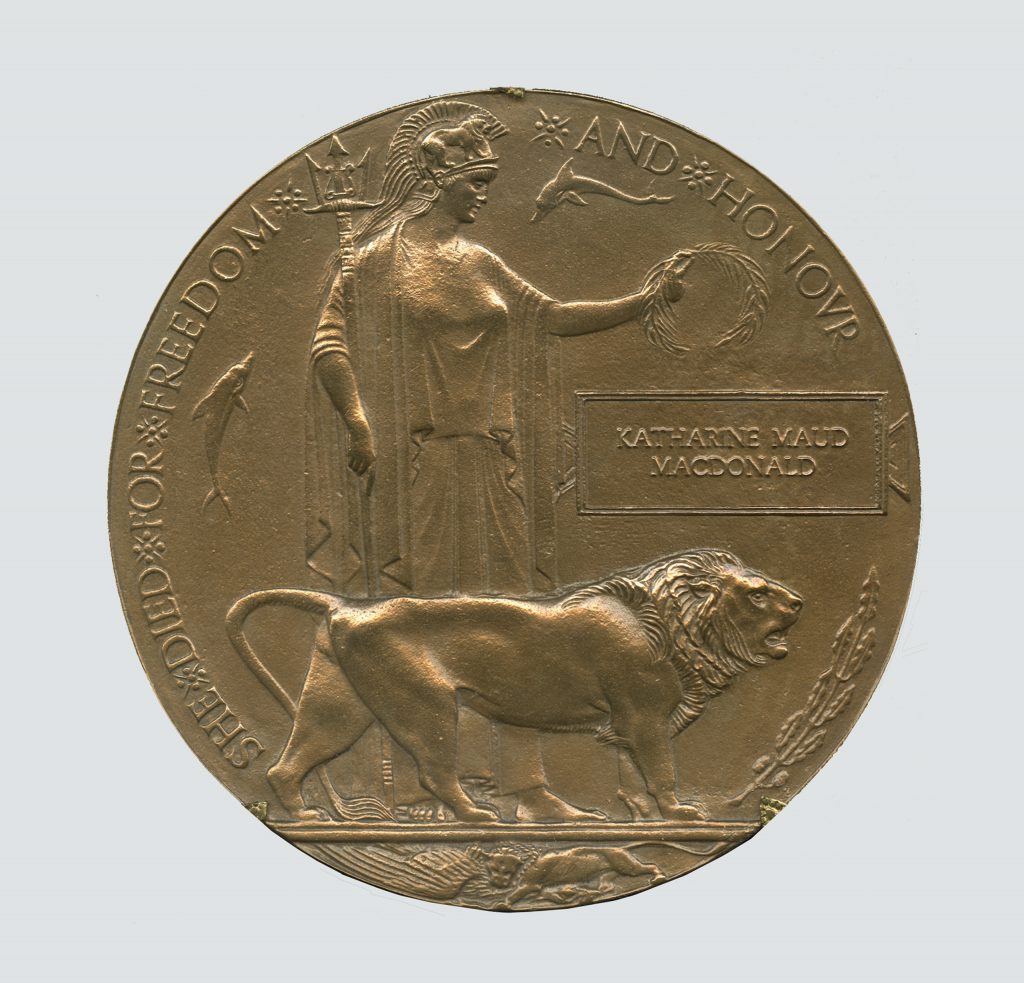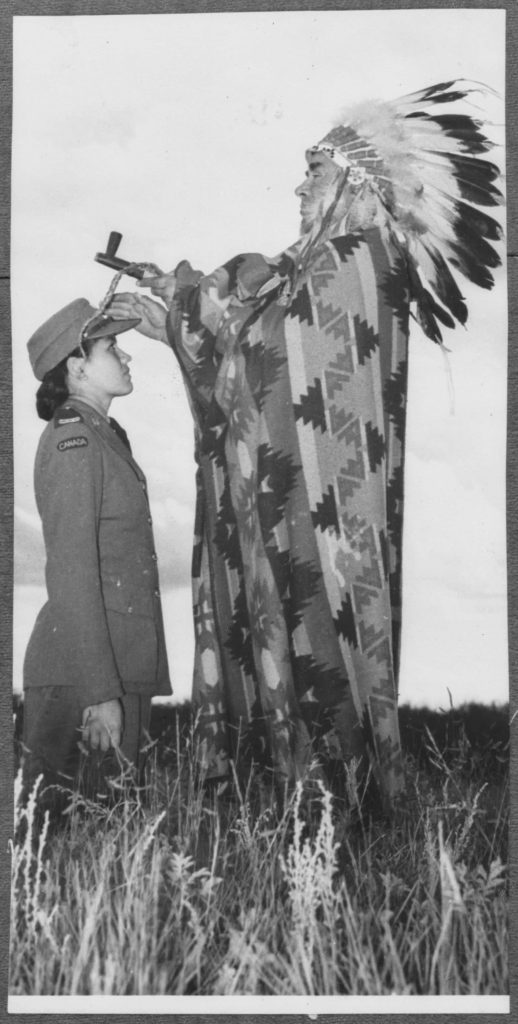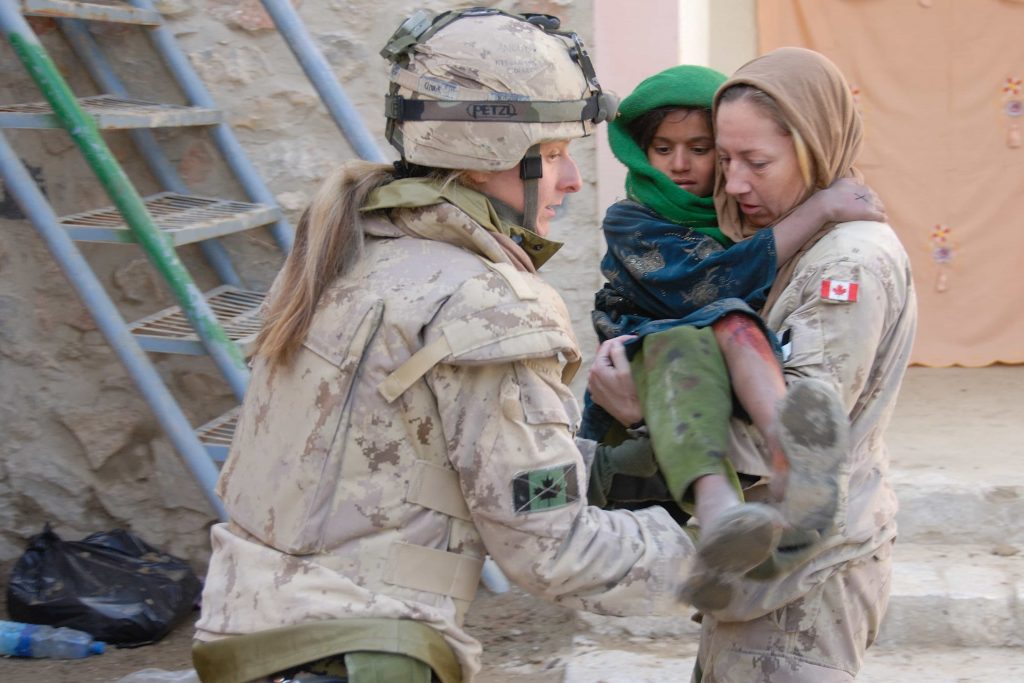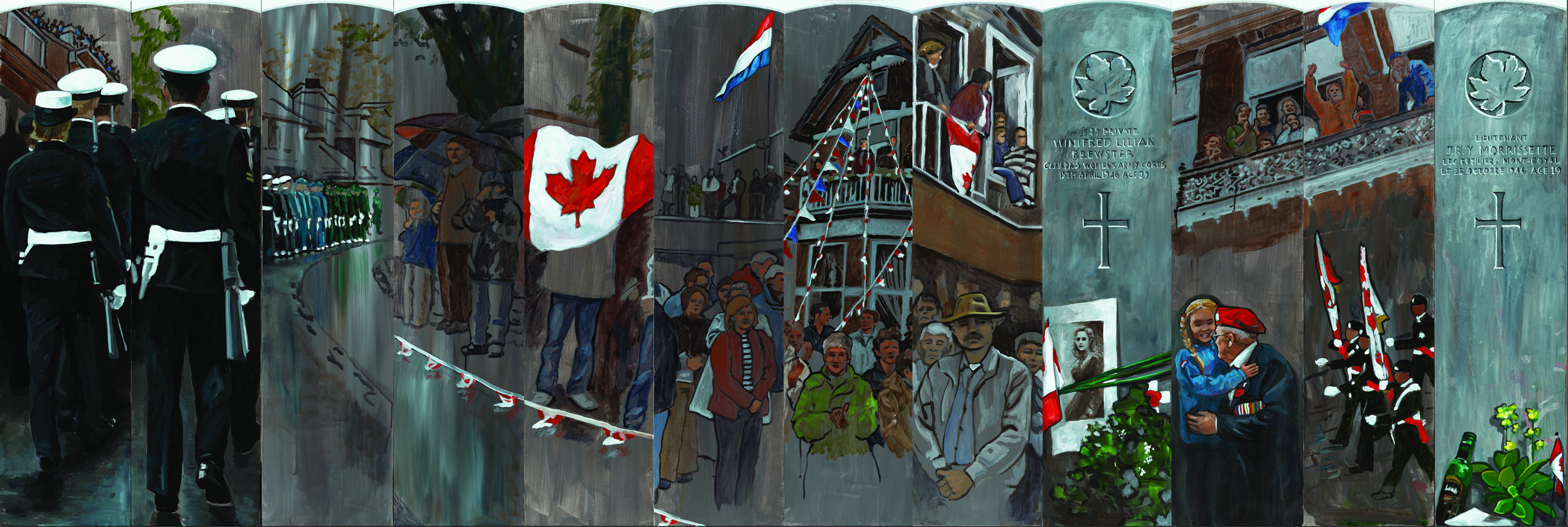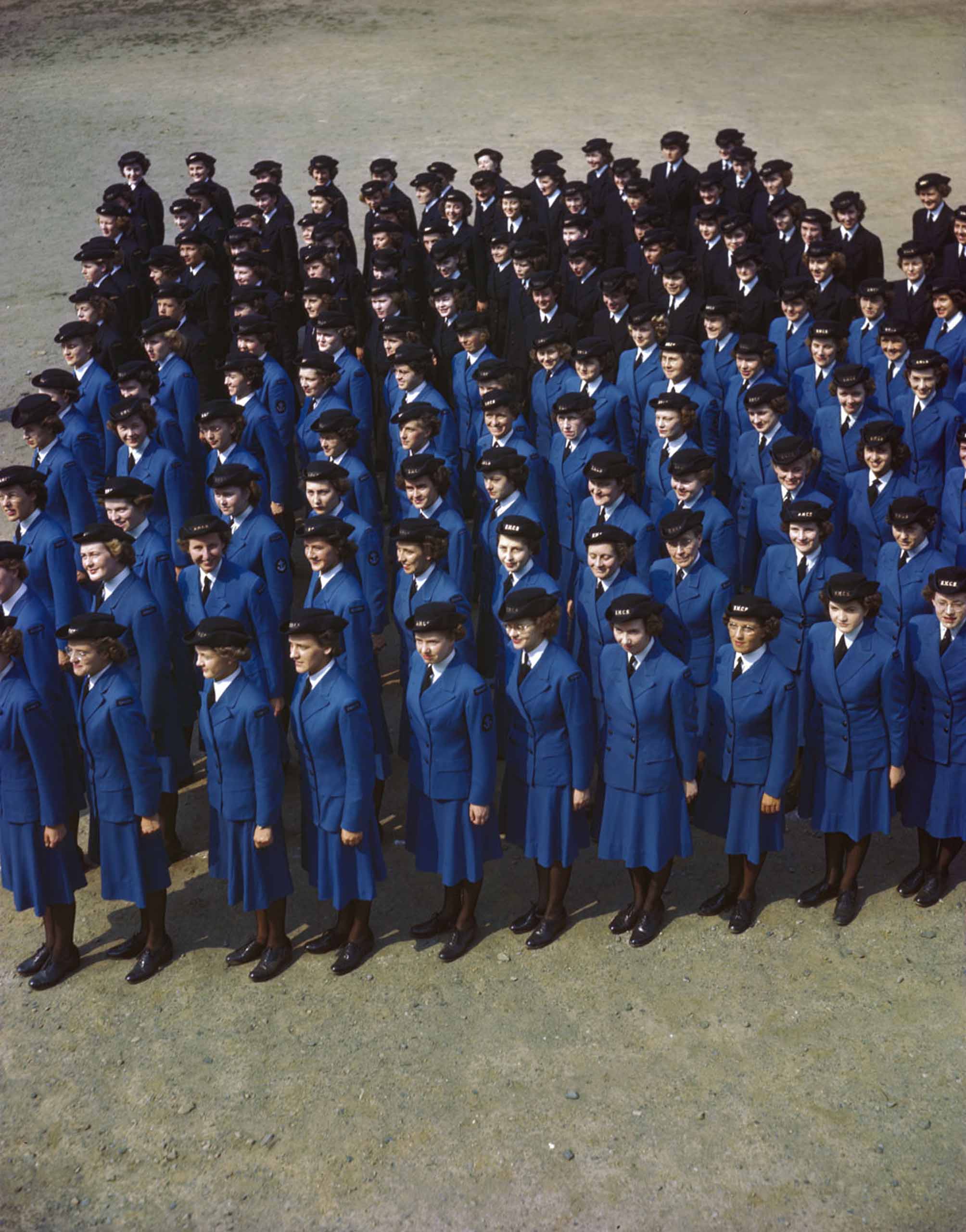
Historical Overview
Women have served in the Canadian military since 1885. They were initially restricted to nursing, but over time, they have taken on a variety of non-combat and combat roles. In 2020, women represented approximately 16 percent of Canadian Armed Forces personnel.
The World Wars
During the First World War (1914–1918), more than 2,800 women served as nurses in the Canadian military. During the Second World War (1939–1945), that number grew, with around 50,000 women serving in non-combat roles.
Women served as nurses, the only military role available to them in the First World War. They worked in a variety of medical units in Canada and overseas, ranging from convalescent hospitals located far from the action to casualty clearing stations near the front lines. This work could be dangerous: more than 60 Canadian nurses died during the First World War.
During the Second World War, a shortage of military personnel coupled with many women rallying to enlist, prompted the creation of women’s service branches: the Royal Canadian Air Force Women’s Division, the Canadian Women’s Army Corps, and the Women’s Royal Canadian Naval Service. By performing essential non-combat duties, women freed up servicemen to fight, while also significantly supporting the war effort.
Most tasks assigned to servicewomen matched gendered labour roles seen in civil society at the time. This meant that many servicewomen cleaned, cooked, and performed clerical duties. As the war progressed, more non-traditional occupations were opened to women, such as radar operator, laboratory technician and mechanic.
Servicewomen also earned less than servicemen. They were paid two-thirds of the salary of a man of equivalent rank performing the same work. In 1943, their wages were increased to 80 percent of those of men. This change reflected a combination of factors, including sustained pressure from women inside and outside the armed forces, and military efforts to attract more recruits.
Women in uniform took pride in their work and their contributions to victory. Many reflected on their military service as a profound experience that shaped their lives for the better.
From 1945 To Today
In the decades that followed the Second World War, the number of women in the Canadian Armed Forces, and the opportunities open to them, increased gradually, reflecting new legal rights and other societal changes.
When the Second World War ended, Canada significantly reduced the size of its armed forces. All three women’s divisions were disbanded in 1946, reestablished in 1951, and then eliminated in 1968, when the forces were reorganized. From that point forward, women and men often served in the same units.
In the decades that followed, women advocated for gender equality, going to court, and speaking up against gender quotas and other restrictions amidst growing societal awareness of human rights and women’s equality.
By the end of the 1980s, women were permitted to serve in nearly all military occupations. The last gender-based occupational restriction ended in 2001, when submarine service was opened to women.
Despite these advances, women continue to face obstacles. Since the 1990s, there has been a growing awareness of sexual violence and harassment in the military, which affects women disproportionately.
The long history of women’s service in Canada’s military includes a range of experiences marked by both struggle and achievement. Women’s stories are compelling reminders of service and sacrifice.
Banner photo:
Members of the Women’s Royal Canadian Naval Service on parade in summer dress uniforms, around 1942–1945.
Canada. Department of National Defence/Library and Archives Canada/ e010777310-v8
